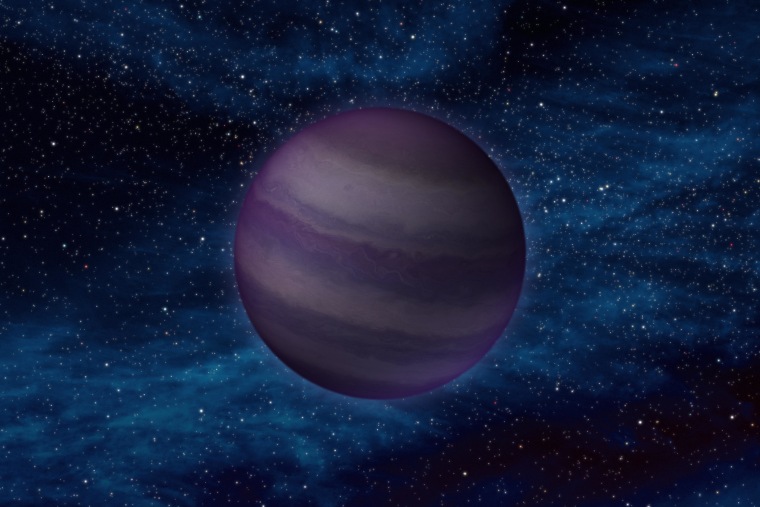The search is on for the ninth planet in our solar system, and everyone is invited to join the investigation.
Humans have been studying the cosmos for a very long time. As long as we’ve been able to look up, we’ve wondered where we came from and how we got here. It will take a lot to answer those questions, but a good start would be to solve the jigsaw puzzle of our own solar system. We know the sun hosts eight planets: Mercury, Venus, Earth, Mars, Jupiter, Saturn, Uranus, and Neptune (sorry, Pluto). Were there more at some time? Are any as-yet-unknown planets out there somewhere?
Scientists aren’t quite sure about the first question. But it now looks like we have solid evidence that the answer to the second question is a resounding yes.
Related: NASA Announces Major Exoplanet Discovery
We know that because we’ve carefully examined the orbits of cold, distant space rocks and icy snowballs (known to astronomers as extreme Kuiper Belt objects) around the sun, and the math suggests that their orbits are being perturbed by the gravitational forces of some massive object.
This “perturber” — what astronomers now call Planet 9 — is believed to be about 10 times more massive than Earth. Most likely, it has a highly eccentric (elliptical) orbit around the sun that wavers between 250 and 1,200 times the distance from Earth to the sun. Given this oblong orbit, Planet 9 could be just about anywhere within a vast area of space — in fact, it could be just about anywhere in the sky. Some astronomers think they can narrow that down to a smaller swath of space, but it’s hard to rule out too much of the sky.
One method we astronomers are using in the search for Planet 9 is flipping through images taken of the same part of the sky at different times and scanning for anything that moves.
This method has proven successful for uncovering other objects in the solar system. In fact, it’s how astronomers discovered Pluto (which used to be considered our ninth planet). Getting lots of people to flip through the images would help speed the discovery process. And so, I helped launch the Backyard Worlds project, an ongoing effort whose goal is to enlist nonscientists into our search for Planet 9. We have them flip through images of the sky taken at different times by NASA’s Wide Field Infrared Survey Explorer (WISE) spacecraft, which was launched into orbit in 2010. WISE has scanned the whole sky multiple times in infrared wavelengths, which are good for finding cold worlds like Planet 9. Backyard Worlds is set up so users watch short video clips of four images of a particular region of space, all taken at different times. These videos show lots of stars and galaxies. Mostly, the objects appear in the same position from one image to the next. If something changes position, there’s a good chance you’ve found something nearby, cold, and interesting. Like maybe Planet 9.
Related: I Was Robbed of Seeing an Eclipse. Don't Let It Happen To You.
My astronomy colleagues and I think Backyard Worlds has a decent shot at finding Planet 9. On top of that, it’s an excellent tool for finding previously unknown stars, brown dwarfs, and even rogue planets hurtling through space unattached to any solar system.
We’re now only a couple of months into the Backyard Worlds project. We have enlisted more than 30,000 volunteers and have classified more than 3 million objects — including some that are pretty tantalizing. With help from those at the NASA Infrared Telescope Facility in Hawaii, we’ve identified one of these objects as a previously unknown brown dwarf just 100 light-years from Earth. Three separate users pointed out that object to us just six days after the project launched. These citizen-scientists have been invited to be co-authors on the paper about this discovery that we’re submitting to the Astrophysical Journal.
If you’d like to join our effort, head to backyardworlds.org. This is your chance to contribute in an important and meaningful way to the critical discoveries that will help us understand humanity’s origins.
Jackie Faherty is a Senior Scientist and Senior Education Manager jointly in the Department of Astrophysics and the Department of Education at the American Museum of Natural History. She's working at the forefront of brown dwarf and exoplanet atmosphere detection and characterization and is striving to create more opportunities for underrepresented minorities to enter STEM fields through unique outreach endeavors. Connect with her on Twitter at @jfaherty.

